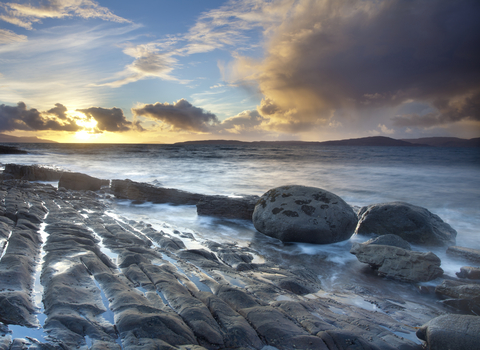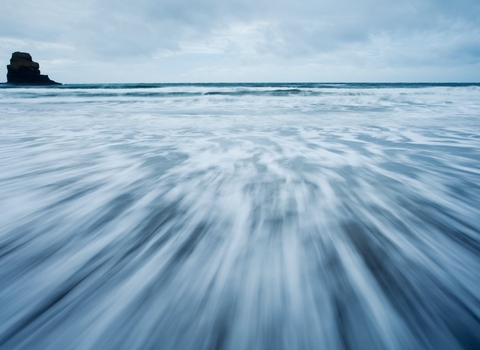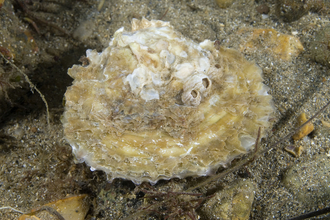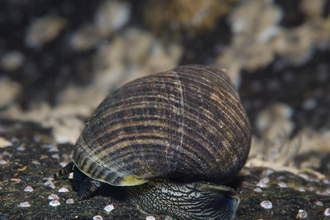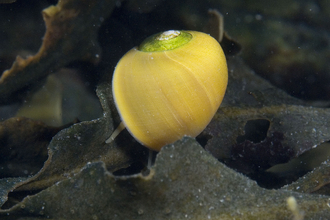John Hepburn
Wembury Marine Centre
Oyster drill
This is a predominantly subtidal species but can be found on the lowest parts of a sheltered rocky shore in summer.
Scientific name
Ocenebra erinaceaWhen to see
January to DecemberSpecies information
Category
Statistics
Length: up to 6cm and 2.5cm wide.Conservation status
Common
About
Oyster drills are whelks, living below the low tide mark down to depths of 150m. Surprisingly enough, the oyster drills favourite food are oysters! They feed by boring through the oyster shells with their sharp proboscis.Oyster drills are native but there's an invader on the Kent and Essex coasts... the American oyster drill has been recorded there. This non-native species also feeds on our native oyster beds.

